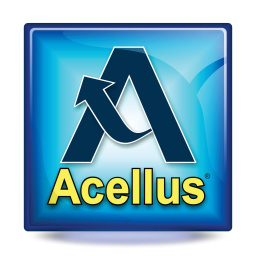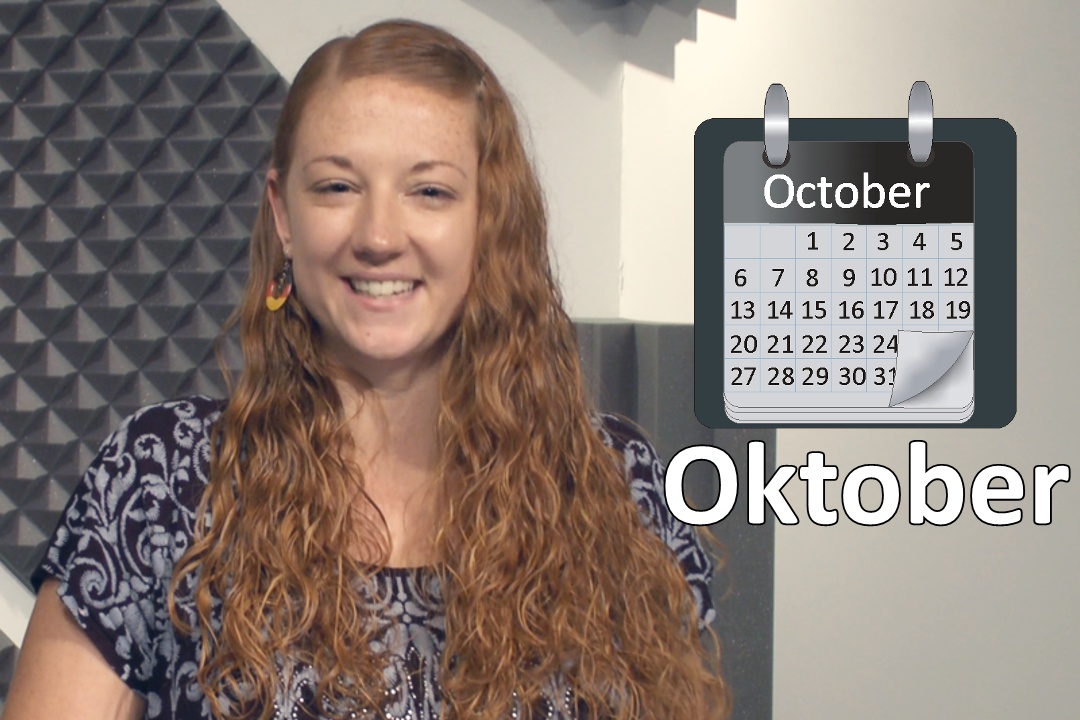German I

Course Features
Course Details
Course Overview
This introductory German course, taught by Emily Meier, is for students with a goal of mastering German as a second language. Students will study vocabulary, greetings, sentence structure, basic grammar, and gain practical knowledge necessary for real-world conversation. Common everyday scenarios relating to the home and family, activities, school, shopping, making plans, and grocery shopping are all addressed. The instructor will also go over a variety of practices and customs observed in the country of Germany. This course has been A-G Approved through the University of California.
Sample Lesson - Months and Seasons
 This course was developed by the International Academy of Science.
Learn More
This course was developed by the International Academy of Science.
Learn More
Scope and Sequence
Unit 1 - Vorschau This introductory unit begins with an overview of german cultures and countries, moving into greetings and goodbyes, the german alphabet, and introduction to spelling in german, numbers 1-10, numbers 11-20, and common classroom objects. Unit 2 - Wer bist du? In this unit, students learn the appropriate verbs and introductory grammar used in identifying people, naming other people, ages, subject pronouns, the verb – sein, adjectives, and the common conversational “where are you from?”. This unit concludes with an integrated review. Unit 3 - Aktivitäten This unit focuses on Aktivitäten, activities, beginning with an introduction to verb conjugations, verb conjugation practice, more activities, like/don’t like, more verb conjugations, months and seasons, additional times, questions with time and word order. Additionally, this unit delves into opinions, agreeing/disagreeing, extra e verbs, and the formal you. This unit comes to its conclusion with an integrated review to assists in mastery. Unit 4 - Mein Haus und meine Familie In this unit students address common questions and discussion relating to where you live, simple foods and drinks, the phrase would like, polite expressions, indefinite articles, furniture, adjectives with furniture, pronouns with furniture, and family members. Also addressed in this unit are Singular possessives, numbers 21-100, sein with ages, colors and descriptions, and the verb – haben. Unit 5 - Die Schule This unit introduces students to the concepts of school in German. Concepts addressed include classes, days of the week, recycle the verb haben, sequencing events, gern/nicht gern and lieblings, grades, and reacting to grades. Additionally, this unit addresses school supplies, plural formation of school supplies, kosten and prices, and prices. Unit 6 - Klamotten kaufen In this unit of German, students learn about buying clothes, clothing words, vocabulary related to shopping, the definite articles nominativ and accusativ,and indefinite articles nominativ and accusativ. Concepts also addressed in this unit include translation with articles, adjectives with clothes, gefallen with clothes, passen with clothes, object pronouns: nominative and accusative,and separable prefix verbs. Unit 7 - Pläne machen This unit focuses on conversations relating to making plans. Specifically addressed are the concepts of how are you?, telling time informally, telling time formally, places in the city, activities in the city, the verb want, word order in two verb sentences, start with time-two verb sentences, and more food and drinks. Additionally, this unit addresses indefinite articles with food, how food tastes, stem changing verbs, verbs with sub-changes, and verbs with stem changes. Unit 8 - Zuhause helfen This unit is all about helping at home. Specifically, chores, separable prefix chore verbs, conjugations of chore verbs, how often you do chores, extending and accepting invitations, the verb müssen, the verb können, accusative pronouns after für, subject/direct object pronouns, as well as describing the weather, and describing temperature. Unit 9 - Einkaufen gehen In this concluding unit, the practical concepts relating to grocery shopping are addressed. Beginning with vocabulary related to food and stores, the verb sollen, du commands regular, and du commands irregular, vocabulary related to salesperson/customer, fruits and condiments, reasons with denn, reasons with weil, sein in the simple past, and indefinite articles and plurals.
This course does not have any sections.


